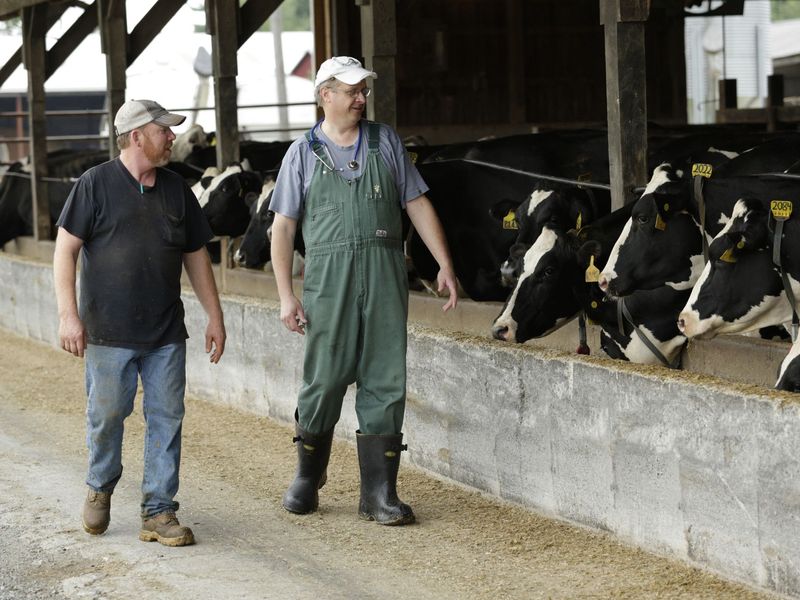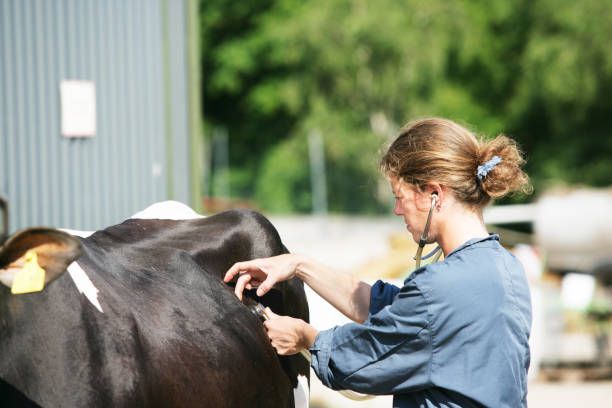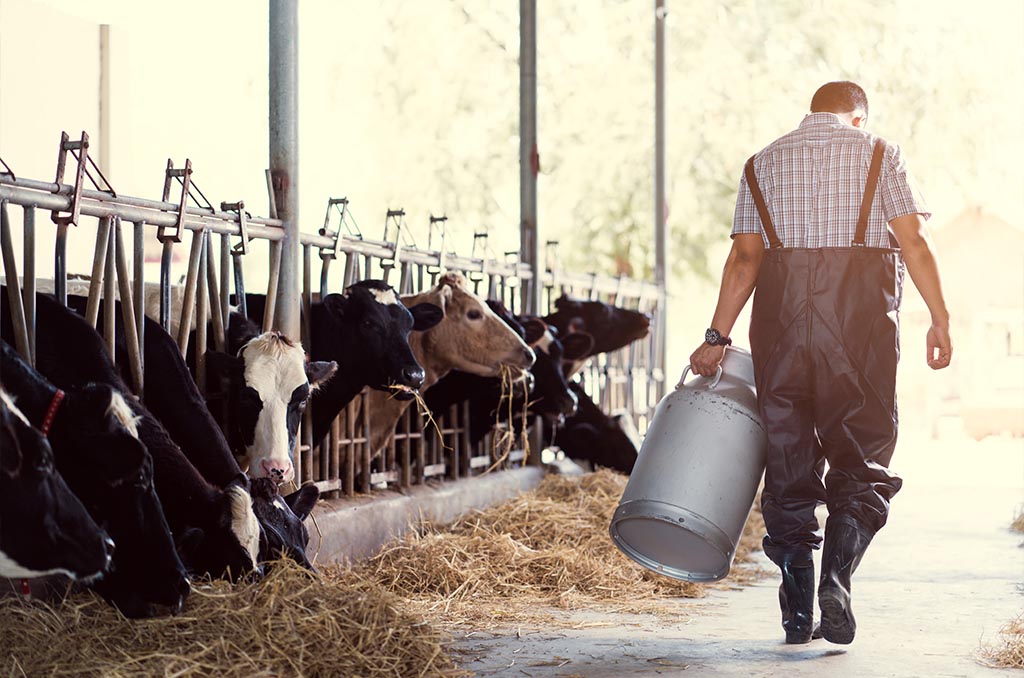
Alertys pregnancy tests
Easily and accurately manage cow pregnancy diagnosis with the Alertys range of pregnancy tests.

Easy. Efficient. Reliable.
- Reduce days open, increase production and improve herd health with accurate, fast results.
- Our pregnancy tests are based on the detection of a panel of pregnancy-associated glycoproteins (PAGs), which are only produced in the presence of an embryo or fetus.
- Alertys milk- and blood-based tests offer flexible testing options with results as early as 28 days postbreeding.
- Improve cow comfort, animal welfare and employee safety
Find the best solution for your operation.

For farmers
Alertys Milk Pregnancy Test
Determine if your animal is non-pregnant with the lab-based Alertys Milk Pregnancy Test, requiring only a sample from your milk recording. No extra handling, no extra work, and less stress for you and your cows.
Alertys OnFarm Pregnancy Test
Easily detect pregnancy directly on the farm with the Alertys OnFarm Pregnancy Test, a blood based lateral-flow test that gives you accurate results in 5–20 minutes.

For laboratories
Alertys Milk Pregnancy Test
Add pregnancy diagnosis to your services with the Alertys Milk Pregnancy Test. Quickly and efficiently help farmers to accurately identify non-pregnant animals to improve reproduction.
Alertys Ruminant Pregnancy Test
Offer accurate pregnancy and additional diagnostic testing on the same blood sample with the Alertys Ruminant Pregnancy Test. Support farmers with more frequent testing and improved reproductive performance (also for heifers and suckler herds).

For veterinarians
The Alertys pregnancy test portfolio provides tools for your practice to add more clients and focus on non-pregnant cows reducing the physical labor of manual checks. Process many blood samples without ELISA equipment with the Alertys Rapid Visual Pregnancy Test or utilize other Alertys pregnancy tests to help your customers accurately and efficiently improve herd health, fertility and productivity.

Minimal labour, minimal expense, maximum benefit.
Pregnancy diagnosis through routine milk testing.
Frequently asked questions.
- Label tube prior to sampling. Include date and individual cow ID. It is essential to ensure that the correct tube is used for the correct animal. Failure to do so may result in an incorrect status being assigned to the cow.
- Using the wet wipes or towel, remove dirt and detritus from the teats. Ensure udder is clean and dry prior to starting sample collection.
- Samples may be taken from individual quarters or as a composite sample of all four quarters.
- Discard a few streams of milk and remove the cap from the tube or vial. Angle tube at 45° to the teat end.
- Fill the tube or vial three-quarters full from one or multiple quarters and replace the cap.
- Place samples in a refrigerator prior to shipping to the laboratory.
- Samples should be well-packaged and kept cool during shipping (especially if preservative has not been used).
- Label tube prior to sampling, include date and individual cow ID. It is essential to ensure that the correct tube is used for the correct animal. Failure to do so may result in an incorrect status being assigned to the cow.
- Restrain the cow; clean the underside of the cow’s tail with a paper towel.
- Lift the cow’s tail straight up and measure up about 2 inches (7.5 cm) from the base of the tail, staying within the groove between the two bony ridges. This is the collection site.
- Insert the external needle into the underside of the tail, at the collection site, about 1/2 inch deep, keeping the needle perpendicular to the tail.
IMPORTANT: The external needle must be perpendicular to the tail. Do not angle the needle up, down or to the side. - Push the tube in gently until the internal needle punctures the tube stopper. The vacuum will draw the blood into the tube. Note: If no blood appears, pull the external needle back slightly (without withdrawing it from the skin), and reinsert it in a different direction until you puncture the vein.
- When the tube is at least half full, withdraw the needle from the vein and remove the tube from the needle holder.
- Discard the needle and yellow/gray caps into a sharps container. The needle holder can be reused if undamaged.
- Make sure the tube label is clean and dry; label the tube with the sample number and the cow ID.
There are several options that depend on which Alertys product you would like to utilize. Alertys pregnancy tests are available to producers through herd testing laboratories and genetic companies. If you are unsure of which option works best for your operation, contact an IDEXX representative near you.
Most test kits require a sample tube for blood or milk collection. For the Alertys OnFarm Pregnancy Test, we recommend an EDTA tube for whole blood samples, which you can order through your local distributor.